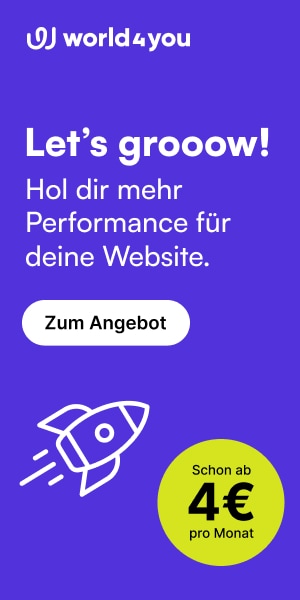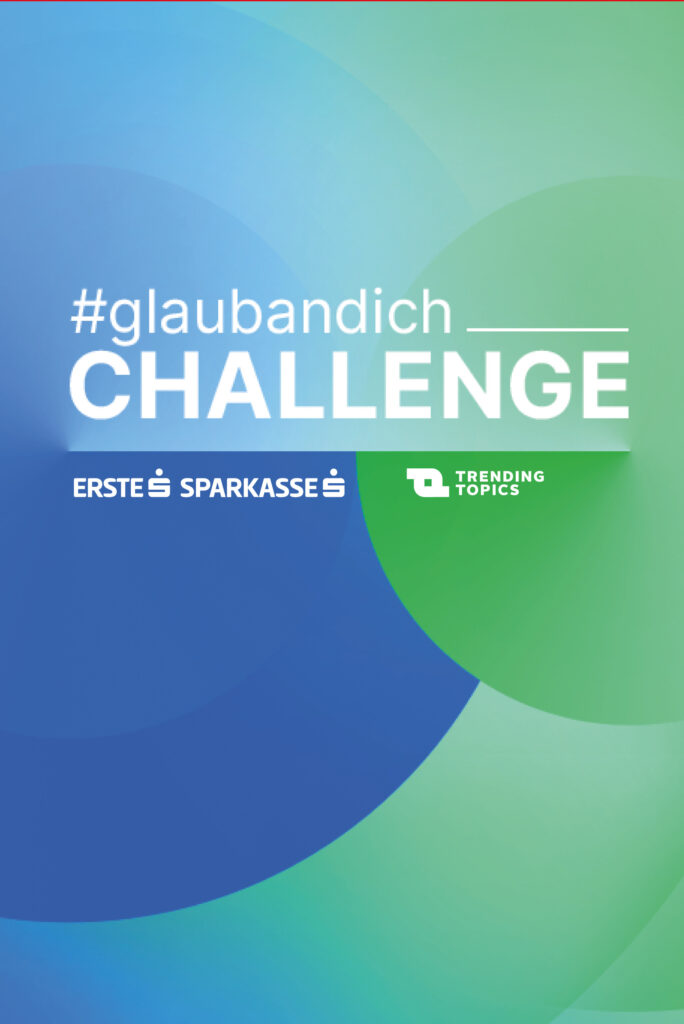Tether CTO Paolo Ardoino: „This Time, Institutional Money is Infusing Bitcoin’s Gains“

Bitcoin passed the $17.000 mark yesterday, and the exchanges are running hot. But the most traded crypto Asset is not BTC, but the stablecoin Tether with a share of almost 40 percent in the last days. In 2020, the market cap of USDT has risen from $4 billion to now more than $18 billion.
Tether is not only a useful tool for traders as a digital dollar substitute to quickly invest in other crypto assets at the exchanges, but also the subject of a class action lawsuit and an investigation by the New York Attorney General’s office (NYAG). And: Some observers doubt whether the 18 billion USDT already in circulation are really backed by dollars or other assets.
That said: Tether is an increasingly important player in the crypto market. In this interview, Paolo Ardoino, the CTO at Tether, talks about why stablecoin became so popular in 2020, what he thinks of CBDCs and what he expects of the upcoming regulation of the crypto market in the EU.
Trending Topics: Bitcoin and the whole market is on the rise again. Why?
Paolo Ardoino: The dawn of the next great crypto bull run may be upon us. We are seeing BTC prices that have not been reached in years. This time, institutional money is infusing Bitcoin’s gains. We need to show just how far the digital token space has come and deliver the sort of impeccable service expected in incumbent capital markets. Exchanges can ill-afford unscheduled downtime or outages as volumes climb. Let’s all be on top of our game and our tech.
The market cap of Tether (USDT) has grown from app $4 billionto now more than $18 billion. Why did demand for the stablecoin rise so fast especially in 2020?
Tether’s growth in 2020 has been nothing short of spectacular. We now speak of the Tetherization of trading, with the lion’s share of spot trading volume now denominated in USDT. The market has spoken: Tether is preeminent.
The rise in demand can be attributed to people looking for efficient, liquid, and reliable alternatives to antiquated banking and payment systems. At the same time, investors want a safe haven to reduce risk. In uncertain and challenging times, the utility, security and viability of digital currencies such as Tether (USDT) tokens have come to the forefront.
As the biggest, most liquid and technologically innovative stablecoin, USDT is a prime example of how global markets can operate more efficiently by leveraging blockchain technology, and represents a payment rail that’s actually built for the future of business and innovation.
Tether is popular amongst crypto traders as a safe haven and alternative to fiat money. Do you see also other use cases that are growing?
We don’t see USDT as an alternative to money so much as a useful way of building on it. USDT is being increasingly used in remittances and innovative projects in the digital asset space, including decentralized finance (DeFi).
Crypto’s reserve currency also performs an increasingly vital function within the digital asset ecosystem. USDT plays a pivotal role in the trading of digital assets resulting in many digital asset spot exchanges now denominating trading pairs in Tethers rather than Bitcoin.
Do you expect that Tether reaches a bigger market cap than Ethereum?
We don’t see USDT as competing with Ethereum and Tether is nowhere close to exceeding Ethereum’s market cap.
As the most stable, liquid and trusted stablecoin, USDT is powering innovation in crypto at the moment. USDT is lubricating many of the powerful protocols to which Ethereum has given birth, such as those in DeFi.
Why was Tether created in the first place?
Tether was created to combine digital currency benefits, such as instant global transactions, with traditional currency benefits, such as price stability. Tether tokens were originally created as a digital asset that provided traders with a seamless way of entering and exiting cryptocurrency markets. The popularity of Tether tokens has grown as a trusted, fast and low-cost way to transact with money.
Can you explain the process of how new USDT are created?
Tether tokens are issued pursuant to market demand and are fully backed by reserves.
(Note: The company claims that every Tether is always 100% backed by its reserves, which include traditional currency and cash equivalents and, from time to time, may include other assets and receivables from loans made by Tether to third parties, which may include affiliated entities. But the last proof of funds dates back to June 15, when a total of $2,5 billion was confirmed by law firm of Freeh, Sporkin & Sullivan. Today, the market cap of USDT is far more larger, exceeding $18 billion)
Tether also launched the stablecoins EURT and CNHT. How are they performing? What are their market caps?
The market cap for EURT is approximately €40million, while the market cap for CNHT is about ¥23million. USDT currently is more popular than Tether tokens backed by other fiat currencies.
Central banks are not known as big fans of stablecoins offered by private companies. Do you think that CBDCs could replace stablecoins like USDT?
Central Bank Digital Currencies (CBDCs) should not be viewed as competing against Tether. We believe in consumer choice. If parties wish to use CBDCs or stablecoins such as Tether, that is their prerogative. To us, the advent of CBDCs is a powerful endorsement of the underlying technology, which can only benefit Tether and other stablecoins.
The European Union is planning to regulate stablecoins from 2022 in the new MiCA (Markets in Crypto Assets) directive. What effects can MiCA have on Tether?
MICA might create legislation that requires non-EU Virtual Asset Service Providers (VASPs) to create entities domiciled in the EU for the purposes of regulatory registration and SAR/STR filings. Tether already employs the best in class AML, CFT and sanctions compliance standards, so we believe changes to our policies and procedures would be limited.
Legislation that is specific to stablecoins should be viewed as stablecoin providers simply providing efficient rails with which VASPs can interact. Stablecoins do not compete with fiat; stablecoins compliment fiat and increase efficiency in areas where antiquated fiat structures may be deficient.





























